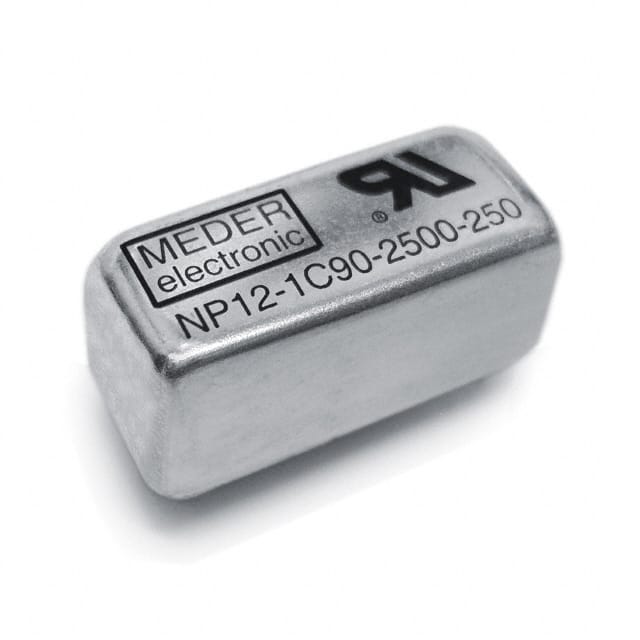NP Series, Reed Relays
Results:
3
Manufacturer
Series
Contact Form
Switching Voltage
Contact Rating (Current)
Operate Time
Release Time
Operating Temperature
Termination Style
Coil Current
Mounting Type
Must Release Voltage
Seal Rating
Coil Voltage
Contact Material
Must Operate Voltage
Features
Coil Type
Results remaining:3
Applied Filters:
NP
Reed Relays
Reed relays are electromechanical switches that utilize an electromagnetic coil to control one or more flexible ferromagnetic metal reed switches. Unlike traditional relays that rely on a mechanical armature, reed relays directly actuate the reed switches using the magnetic field generated by the coil. This design offers several advantages, including low coil current requirements and fast operate and release times. The use of flexible reed switches enables reed relays to achieve swift and efficient switching of electrical circuits. When the electromagnetic coil is energized, it creates a magnetic field that causes the reed switch to make or break contact, allowing for the control of electrical currents. This efficient operation makes reed relays suitable for applications requiring rapid and precise switching, such as in telecommunications, test and measurement equipment, and medical devices. Some reed relays feature dual coils, providing latching capability. This means that once the relay is set (latched) by applying a pulse to one coil, it remains in that state until another pulse is applied to the second coil to reset it. This latching feature adds versatility to reed relays, allowing them to maintain their switched state without continuous power consumption. Reed relays are available in various contact forms, including double-pole double-throw (DPDT), double-pole single-throw (DPST), single-pole double-throw (SPDT), and single-pole single-throw (SPST). These different contact forms offer flexibility in how electrical circuits can be configured and controlled, catering to diverse application requirements. Due to their compact size, low power consumption, and fast switching capabilities, reed relays are favored in applications where space is limited, energy efficiency is essential, and rapid response times are critical. Their reliability and durability make them well-suited for use in environments where precision and consistent performance are paramount. In summary, reed relays are electromechanical switches that utilize an electromagnetic coil to directly control flexible ferromagnetic metal reed switches. They offer low coil current requirements, fast operate and release times, and in some cases, latching capability through dual coils. With a variety of contact forms available, reed relays provide efficient and reliable switching solutions for a wide range of applications, particularly those demanding rapid and precise control of electrical circuits.

